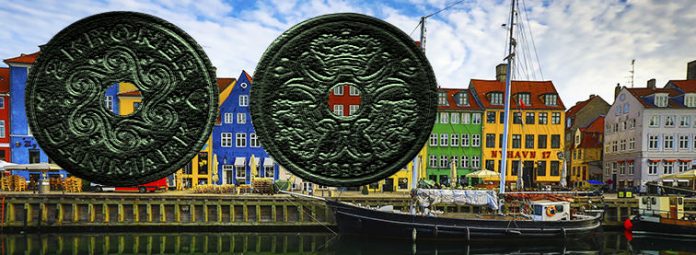Seeing that only 20 per cent of Denmark’s transactions are executed using cash, it’s no strange concept to question the point of printing paper money at all when it represents less than one-third of the money supply and is not even really a safety net should the electronic payments system stop functioning.
In a recent report at Bloomberg by Peter Levering, he interviewed the governor of Denmark’s Central Bank Lars Rohde:
“In Denmark and the rest of Europe there’s a relatively high level of trust in the central bank. In Venezuela less so,” Rohde said, adding that many of the cost benefits to be had apply to small transactions. “The big advantage will concern small and micro payments. It’ll be cheaper, faster and easier for you and me to do electronic payments.”
Rohde says the bank is exploring whether the electronic currency it produces “should be anonymous or not.” The E-krone would have a serial number, which would make currency units traceable at all times. A blockchain – a kind of ledger that chronologically records all e-currency transactions – would allow such tracking. It’s a concept that was developed with Bitcoin, which was created in part in an effort to bypass central banks.
Having your central bank use a blockchain requires a certain level of trust between a country’s citizens and their monetary authority, meaning it’s a model better suited to transparent, developed societies, according to Lasse Birk Olesen, co-founder of fintech firm Coinify, which is developing a blockchain infrastructure for Nordic payments firm Nets A/S.
For full article click here.



